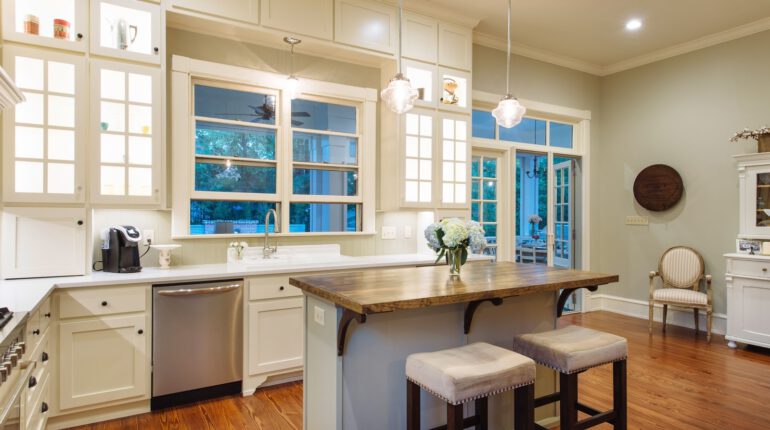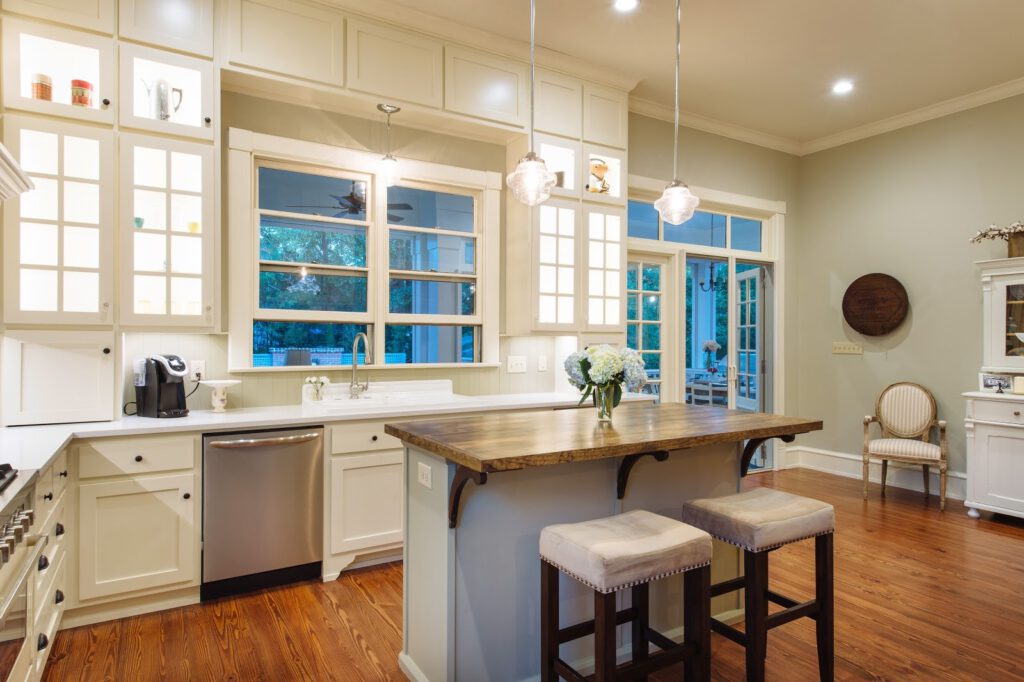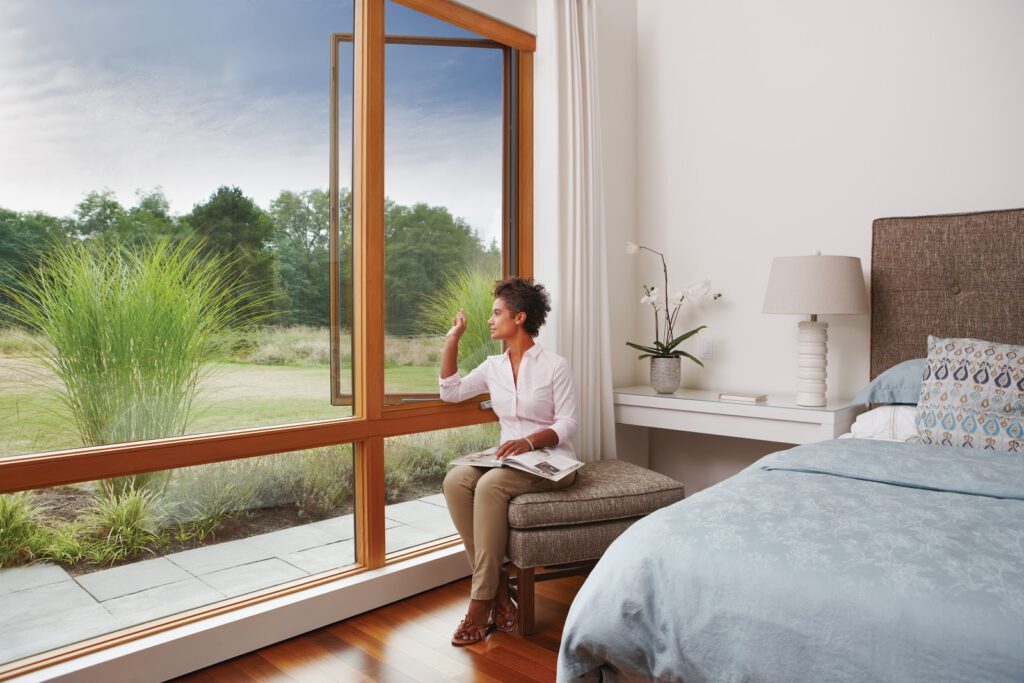
As a designer or architect, you understand the value of creating a comfortable living space. For many potential homebuyers and existing homeowners, sustainability is an important factor that determines how intrigued and satisfied someone is with a certain property. Energy saving screens are a feature that can make a home more eco-friendly and in general, more attractive to those looking for viability in their living space.
Door and window screens offer increased privacy and a modern look, but the ability to make the property more energy efficient can be just as substantial of a selling point for potential buyers or investors.
Improved heating and cooling costs
According to the U.S. Department of Energy, nearly 30% of the energy it takes to heat a home during the colder months is lost through its windows, and 76% of the sunlight that shines into a house when it’s warmer outside translates to heat inside the home. This can lead to expenses that could’ve been cut with the right window coverings, as well as the right window pane materials. Low-e glass and double-glazed window panes minimize the amount of ultraviolet light that enters into the house, and in conjunction with energy saving screens, deliver great value to homeowners.

It’s all in the name – energy saving screens have the potential to reduce energy consumption through the windows, which can ultimately reduce the amount of money spent to heat and cool the home. Even if opting for luxury screens, property owners will likely be able to offset the cost of the screens with the money saved on temperature control.
Perhaps there’s an area of the property that presents an opportunity for a solar heat gain coefficient as well. The solar radiation that’s admitted through the window is beneficial during the winter, as stated by the Department of Energy, as the sun’s heat can warm the inside of the home, resulting in reduced heating costs.

During the summertime, however, this has the potential to be more costly – more sunlight entering the home when the temperatures are high outside means more effort needed to keep temperatures low inside. Thankfully, energy saving screens are designed with SHGC in mind, keeping excess solar heat from entering the home by blocking the sun from the start.
Where to install energy saving screens
When it comes to reducing energy consumption, installing energy saving screens in a property is all about where the sun rises and sets. Installing the screens in the rooms that are impacted by the sun the most will have the greatest impact, but that doesn’t mean you can’t consider energy saving screens throughout the entire build. Phantom Screens offers a variety of retractable screen options that can make a major impact on the atmosphere within a property.
